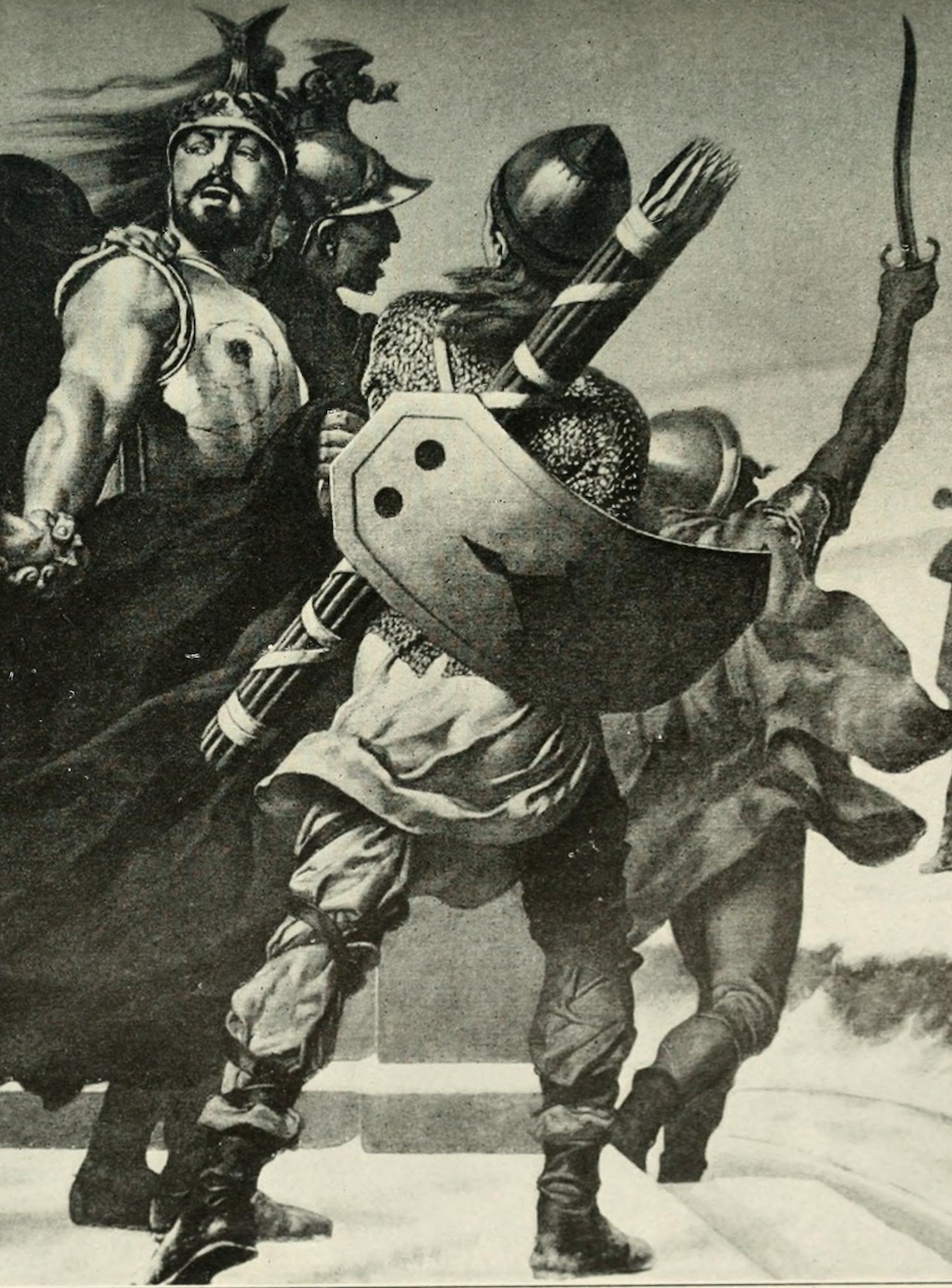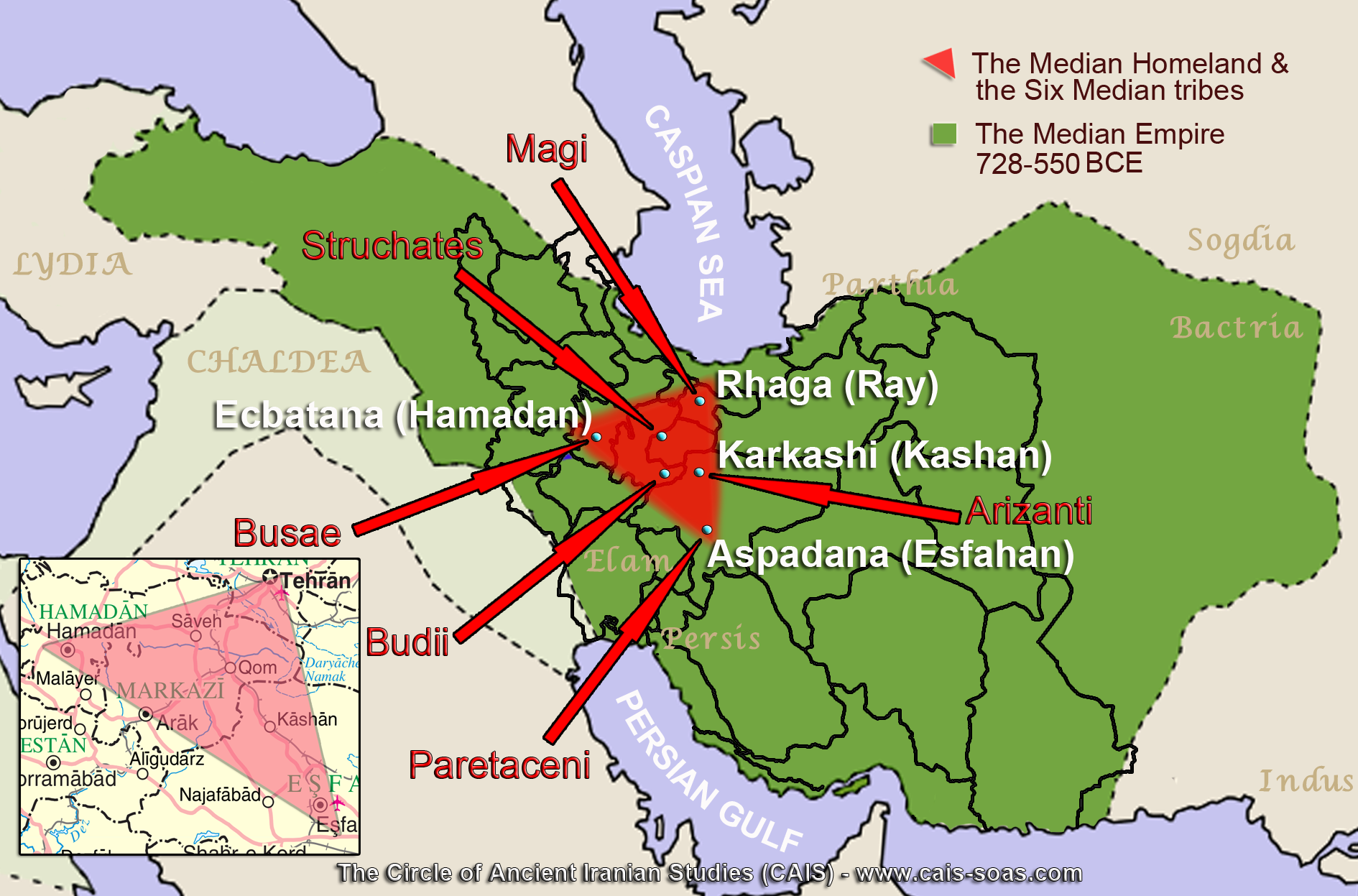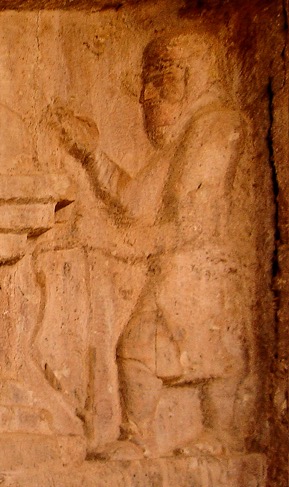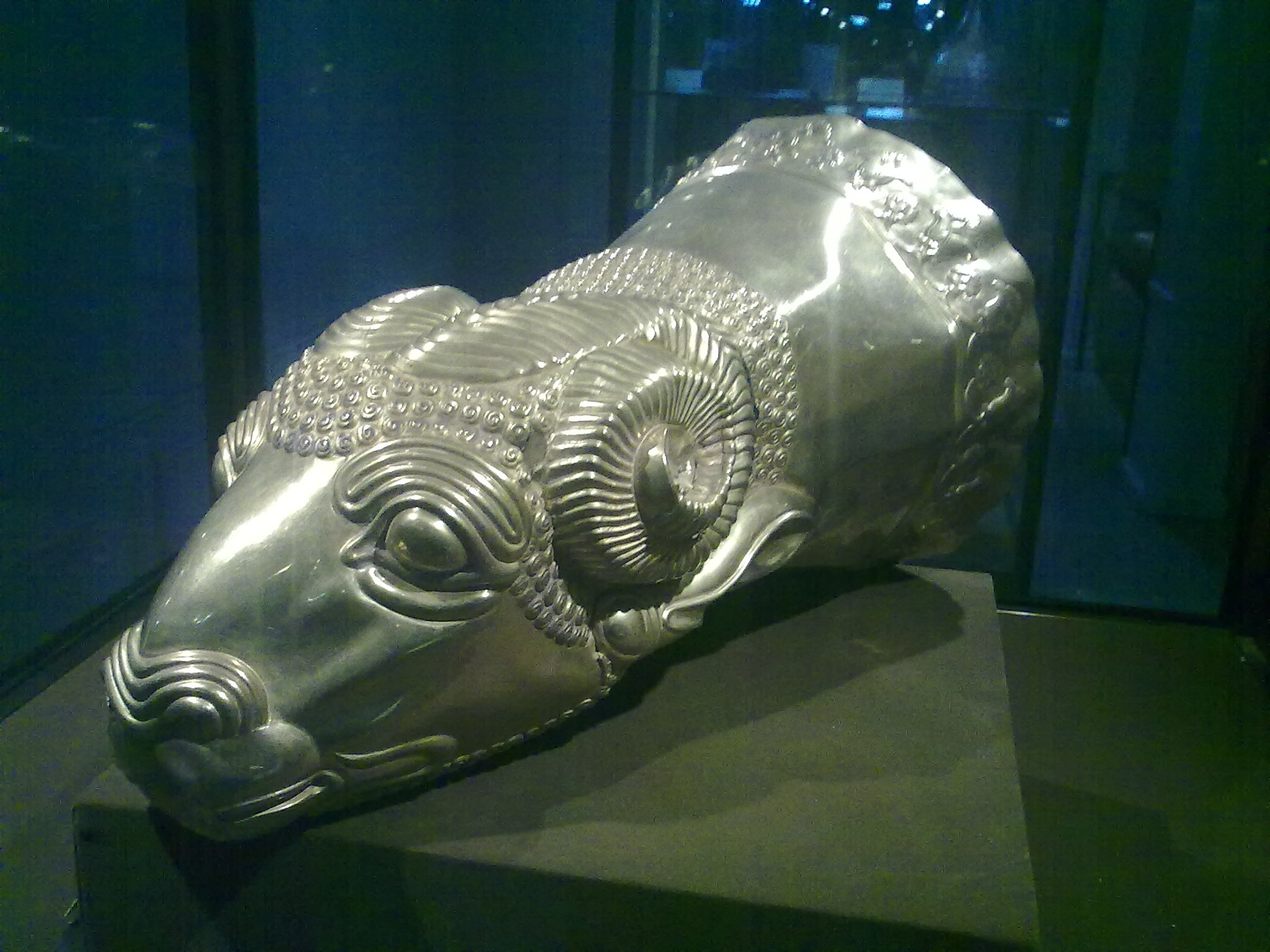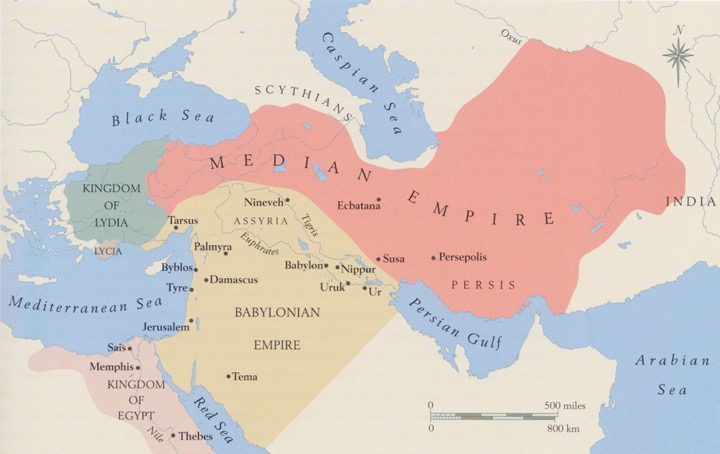The article “The Median Dynastic Empire” was originally written by Gianpaolo Savoia-Vizzini in 2004 and revised in 2006 and published in the CAIS (Circle of Ancient Iranian Studies) venue. Excepting one map (drafted by Shapour Suren-Pahlav, the director of CAIS) all other images, maps and their accompanying captions do not appear in the original CAIS publication.
========================================================================================
Introduction
The Medes (New Persian mādhā), were an Iranian people who lived in the north, western, and northwestern portions of present-day Iran. The Medes are credited with the foundation of Iran as a nation and an empire. their domain was corresponding to the mainland-Iran, nowadays northern-Iraq and Eastern-Turkey.
The inhabitants, who were known as Medes, and their neighbors, the Persians, spoke Median languages (of the Western-Iranian group of languages), that was closely related to Old Persian (Aryan). Historians know very little about the Iranian culture under the Median dynasty, except that Zoroastrianism as well as a polytheistic religion was practiced, and a priestly caste called the Magi existed.
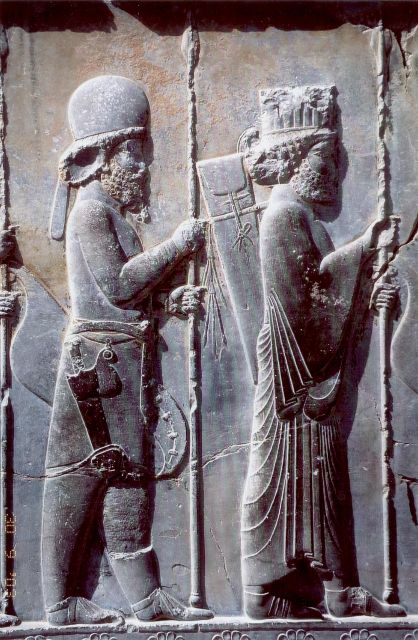
Spear-wielding Mede (left) and Persian (right) soldiers as portrayed in the 5th century BCE at the northern stairway of the Apadana palace at the Achaemenid palace at Persepolis, Iran (Source: Public Domain).
The coming of the Iranians
An isolated groups of speakers of Iranian languages had appeared and disappeared in western Iran in the 2nd millennium BCE, however, it was during the Iron Age that the Iranians rose to be the dominant force on the plateau.
By the mid-9th century BCE, two major groups of Iranians appear in cuneiform sources: the Medes and the Persians. Of the two, the Medes were the more widespread and, from an Assyrian point of view (known as mādāyu), the more important group. When Assyrian armies raided as far-east as Ecbatana (modern Hamadan), they found only Medes. In the more western Zagros, they encountered Medes mixed with indigenous of non-Iranian origins.
Early in the 1st millennium BCE, Iranian Medes already controlled almost all of the eastern Zagros and were infiltrating, if not actually pushing steadily, into the western Zagros, in some areas right up to the edge of the plateau and to the borders of lowland Mesopotamia.
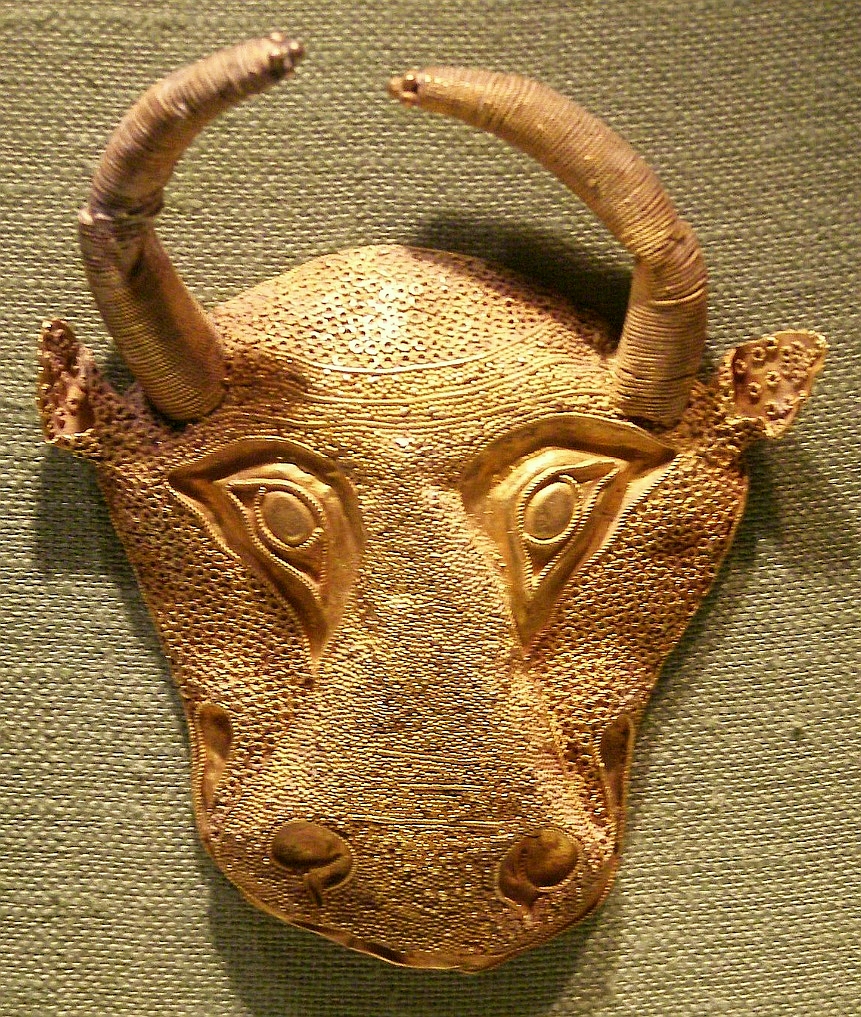
A 8th century BCE gold-filigree Protoma with bull-head motif housed at the National Museum, Warsaw (Source: Vert and/or Anonymous (Median Empire) in Public Domain).
Persians also appear in roughly the same areas, though their exact location remains controversial. At times they seem to have settled in the north near Lake Urmia, at times in the central western Zagros near Kermanshah, later certainly in the south-western Zagros somewhere near the borders of Elam, and eventually, of course, in the province of Fars. It has been argued that these various locations represent a nomadic tribe on the move; more likely they represent more than one group of Persians. What is reasonably clear from the cuneiform sources is that these Medes and Persians (and no doubt other Iranian peoples not identified by name) were moving into western Iran from the east. They probably followed routes along the southern face of the Alburz Mountains and, as they entered the Zagros, spread out to the north-west and south-east following the natural topography of the mountains. Where they could, as, for instance, along the major pass across the mountains from Hamadan to Kermanshah, they infiltrated farther west. In doing so, they met resistance from the local settled populations of Non-Iranian origin, who often appealed to Urartu, Assyria, and Elam for assistance in holding back the newcomers. Such appeals were, of course, most welcome to the great powers, who were willing to take advantage of the situation both to advance their interests at each other’s expense and to control the Iranian threat to themselves.
It has been suggested that the introduction of grey and gray-black pottery into western Iran from the north-east, which signals the start of the Iron Age, is the archaeological manifestation of this pattern of a gradual movement of Iranians from east to west. The case is by no means proved but is a reasonable reading of the combined evidence. If it is so, then the earliest Iranians in the Zagros can be dated to Iron Age I times, about 1300 BCE.
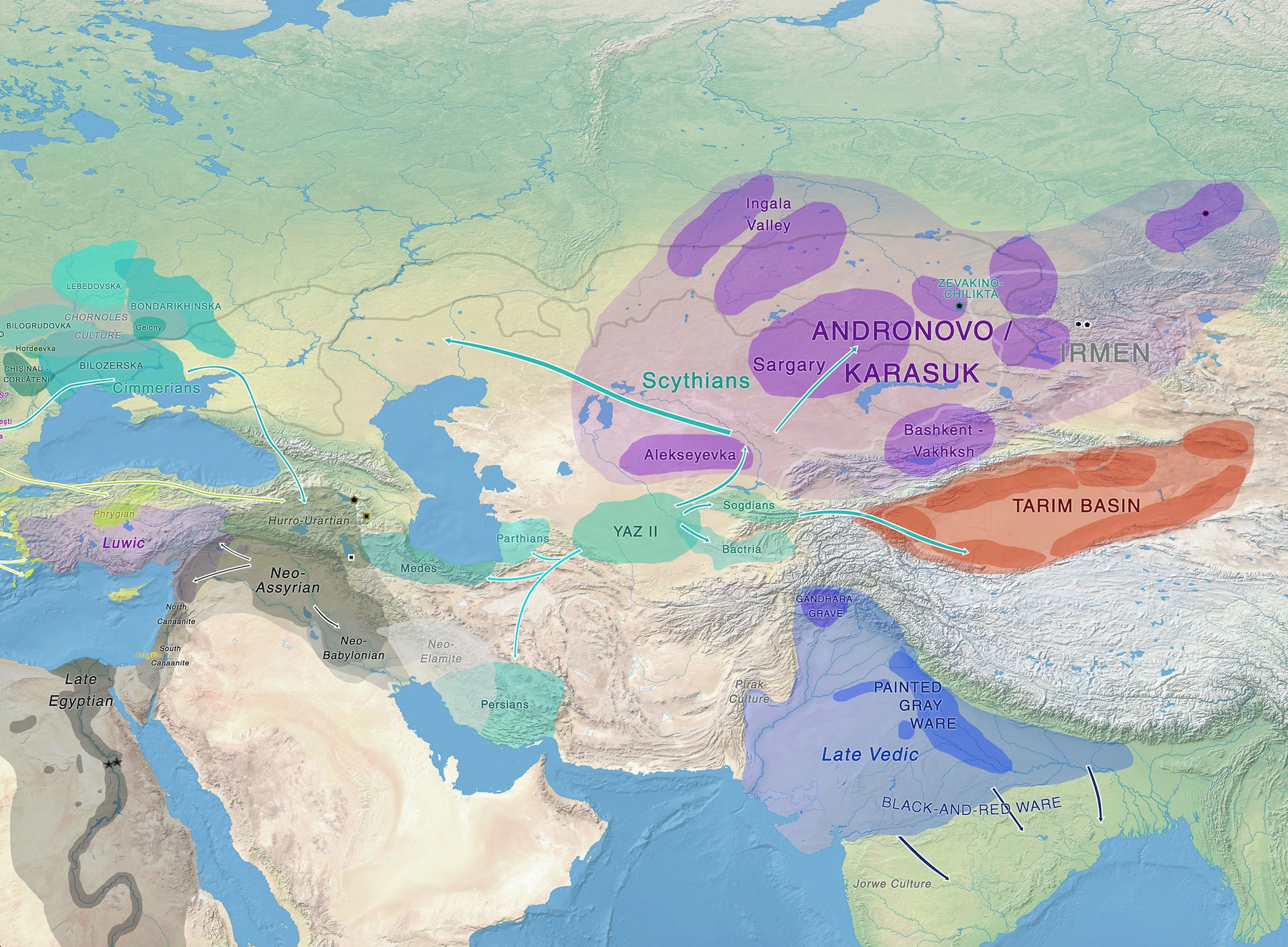
Diachronic map of migrations in Asia ca. 1250-750 BCE (Source: Indo-European Info). For more on this topic see … An Overview of the Rise of Indo-Aryan and Iranian Languages … Archaeologically, the culture of Iron Age II times can be seen as having evolved out of that of the Iron Age I period, and, though the development is less clear, the same can be said of the relationship between the cultures of Iron Age II and III. The spread of the Iron Age I and II cultures in the Zagros is restricted and would appear to correspond fairly well with the distribution of Iranians known from the written documents. The distribution of the Iron Age III culture on the other hand is, at least by the 7th century, much more widespread and covers almost the whole of the Zagros. Thus, the argument that links these archaeological patterns with the Iranian migration into the area associates the Iron Age I and II cultures with the early penetration of the Iranians into the more eastern Zagros and with their infiltration westward along the major routes crosscutting the main mountain alignments. Those areas where traces of the Iron Age I and II cultures do not appear were the regions still under the control of non-Iranian indigenous groups supported by Urartu, Assyria, and Elam. The widespread Iron Age III culture is then associated with the rise to power of the Median dynasty in the 7th and early 6th centuries BCE and the Iranianization of the whole of the Zagros. The Empire of the Median Dynasty Traditionally, the creator of the Median dynasty was one Daiaukku or known to Greeks as Deioces, who, according to Herodotus, reigned from 728 to 675 BCE and founded the Median capital Ecbatana (modern Hamadan). According to Herodotus, Deioces was succeeded by his son Phraortes (675-653 BCE), who united all Iranians under one umbrella including the Persians and lost his life in a premature attack against the Assyrians. An Artistic rendition of king Deioces (left) and his royal guards (Source: Public Domain). Assyrian texts speak of a Kashtariti as the leader of a conglomerate group of Medes, Scythians, Mannaeans, and miscellaneous other local Zagros peoples that seriously threatened the peace of Assyria’s eastern borderlands during the reign of Esarhaddon (680-669 BCE). It is possible that Phraortes is this Kashtariti, though the suggestion cannot be proved either historically or linguistically. That a Median king in this period exerted political and military control over the Persians is entirely reasonable, though it cannot be proved. A Map of the Median kingdom in its earlier stages as drafted by Shapour Suren-Pahlav (Source: CAIS). Beginning as early as the 9th century, and with increasing impact in the late 8th and early 7th centuries, groups of nomadic warriors of Iranian stock entered western Iran, probably from across the Caucasus. Dominant among these groups were the Scythians, and their entrance into the affairs of the western plateau during the 7th century may perhaps mark one of the important turning points in Iron Age history. Herodotus speaks in some detail of a period of Scythians domination, the so-called Scythian interregnum in Median dynasty history. His dating of this event remains uncertain, but traditionally it is seen as falling between the reigns of Phraortes and Cyaxares and as covering the years 653 to 625 BCE. Whether such an interregnum ever actually occurred and, if it did, whether it should not be dated later than this are open questions. What is clear is that, by the mid-7th century BCE, there were a great many Scythians in western Iran, that they, along with the Medes and other Iranian groups, posed a serious threat to Assyria, and that their appearance threw previous power alignments quite out of balance. Herodotus reports how, under king Cyaxares of Media (625-585 BCE), the Scythians were overthrown when their kings were induced at a supper party to get so drunk that they were then easily slain. It is more likely that about this time either the Scythians withdrew voluntarily from western Iran and went off to plunder elsewhere or they were simply absorbed into a rapidly developing confederation under Median hegemony. Possible relief of Cyaxeres, known as Qyzqapan tomb, Iraqi Kurdistan, Suleymaniyah province (Source: Zirguezi Public Domain). Cyaxares is a fully historical figure who appears in the cuneiform sources as Uvakhshatra. Herodotus speaks of how Cyaxares reorganized the Median army into units built around specialized armaments: spearmen, bowmen, and cavalry. The unified and reorganized Medes were a match for the Assyrians. They attacked one of the important Assyrian border cities, Arrapkha, in 615 BCE, surrounded Nineveh in 614 BCE but were unable to capture it, and instead successfully stormed the Assyrian religious capital, Ashur. An alliance between Babylon and the Medes was sealed by the betrothal of Cyaxares’ granddaughter to Nabopolassar’s son, Nebuchadrezzar II (605-562 BCE). In 612 BCE the attack on Nineveh was renewed, and the city fell in late August (the Babylonians arrived rather too late to participate fully in the battle). The Babylonians and the Medes together pursued the fleeing Assyrians westward into Syria. Assyrian appeals to Egypt for help came to naught, and the last Assyrian ruler, Ashur-uballit II, disappeared from history in 609 BCE. The problem, of course, was how to divide the spoils among the victors. The cuneiform sources are comparatively silent, but it would seem that the Babylonians fell heir to all of the Assyrian holdings within the fertile crescent, while their allies took over all of the highland areas. The Medes gained control over the lands in eastern Anatolia that had once been part of Urartu and eventually became embroiled in war with the Lydians, the dominant political power in western Asia Minor. A late 7th to early 6th century BCE Median ram-head Rhyton discovered in western Iran and currently Housed in the Reza Abbasi Museum (Source: Iroony in Public Domain). In 585 BCE, probably through the mediation of the Babylonians, peace was established between Media and Lydia, and the Halys (Kizil) River was fixed as the boundary between the two kingdoms. Thus a new balance of power was established in the Middle East among Medes, Lydians, Babylonians, and, far to the south, Egyptians. At his death, Cyaxares controlled vast territories: all of Anatolia to the Halys, the whole of western Iran eastward, as far as the area of modern Gorgan, and all of south-western Iran, including Isfahan and Fars provinces. Whether it is appropriate to call these holdings a kingdom is debatable; one suspects that authority over the various peoples, Iranian and non-Iranian, who occupied these territories was exerted in the form of a confederation such as is implied by the ancient Iranian Imperial title, king of kings. With the destruction of the Assyrian army, Cyaxares expanded the Mede kingdom into the first Iranian empire (Map drafted by Kaveh Farrokh on page 31 (2007) for the book Shadows in the Desert: Ancient Persia at War-Персы: Армия великих царей-سایههای صحرا-:). Astyages succeeded his father, Cyaxares, on the Median throne (585-550 BCE). Comparatively little is known of his reign. All was not well with the alliance with Babylon, and there is some evidence to suggest that Babylonia may have feared Median power. The latter, however, was soon in no position to threaten others, for Astyages was himself under attack. Indeed, Astyages and the Median dynasty were soon overthrown by the rise his grandson to power in the Iranian world, the Cyrus II the Great and foundation of second Iranian dynasty, the Achaemenids.